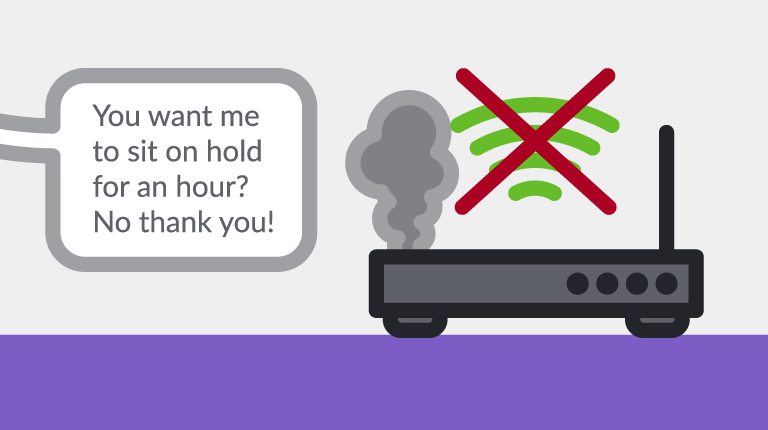In today’s customer-obsessed marketplace, customer service interactions are now some of the most critical touch points an organization has with its customers. Which means measurements like Customer Satisfaction (CSAT) scores are increasingly important — all while high scores are ever harder to come by.
Past research has shown that customers are frustrated with long hold times, confusing phone menu options, and difficulty reaching a live agent when needed. And in order to meet the needs of the always-connected consumer, companies are adding customer service channels.
Unfortunately, research shows that this fragmentation of customer service channels is only leading to decreased CSAT scores.
This is Why Customer Effort Scores Matter
Customer effort is a fairly straightforward concept. It’s the amount of effort your customer has to put in to resolve a customer service issue. Companies take different approaches to how they score customer effort, including:
- Analyzing post call or chat data
- Measuring emotions throughout the interaction
- Combining common customer service metrics such as CSAT and NPS
But regardless of how you’re measuring customer effort, companies agree that reducing effort helps to improve the customer experience. Why? Interactions conducted a consumer study to uncover some of the reasons. Here’s a preview of what we found.
1. Customer Frustration Levels are Increasing
It’s probably not a surprise that many customers reach out to your organization because they have a problem. But did you realize that as many 40% of them say they are frustrated before they even pick up a phone or open a chat window? What’s worse is that nearly half of the customers who were frustrated before the interaction remain that way even after the issue is resolved.
Why is this? Part of the reason may be that customers are increasingly well informed. In our research, 64% of respondents regularly use at least one method to research an issue before contacting a company (and the number rises to 80% for 18-34 year olds). Which means they’ve already invested time trying to fix their problem — and are expecting you to provide a speedy resolution to what they couldn’t correct on their own.
2. And the time they are willing to spend is less than you think
Customer frustration with long hold times is nothing new. Their definition of what constitutes a ‘long wait’, however, may surprise you. The majority of consumers in our study were only willing to spend up to 10 minutes resolving an issue — including hold time. This included both simple (resetting a password) and moderate (making a return) issues. For more complex issues, an equal number of participants would also spend up to 20 minutes.
That being said, 10 minutes is not a lot of time if you have long hold queues or channels that don’t function efficiently.
3. But there are real benefits to decreasing effort
Understandably, consumers who felt they spent too much time or effort resolving a customer service issue were frustrated after the interaction was complete. More importantly, however, is the positive impact on customer satisfaction that occurs when customer effort score is low. Nearly 90% of respondents who spent less time or effort than expected while resolving an issue were satisfied after the interaction.
Download our full report to learn more about Customer Effort and its impact on your customers’ satisfaction levels.





